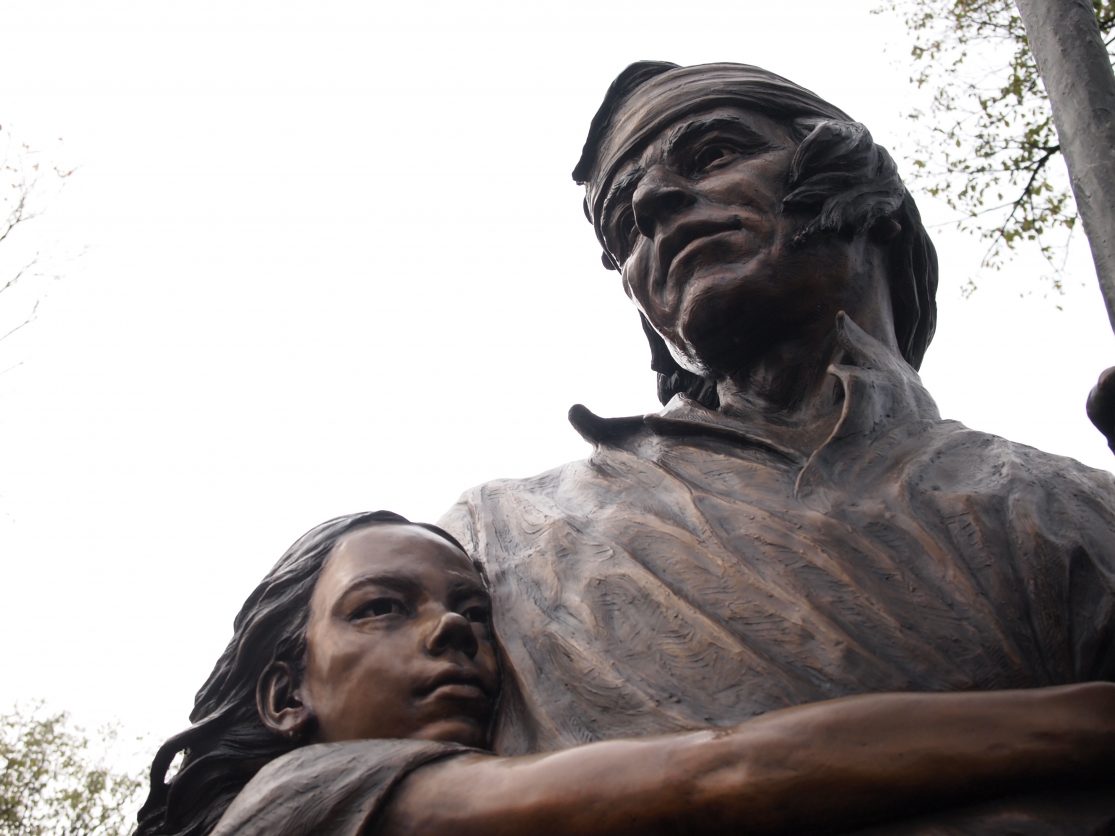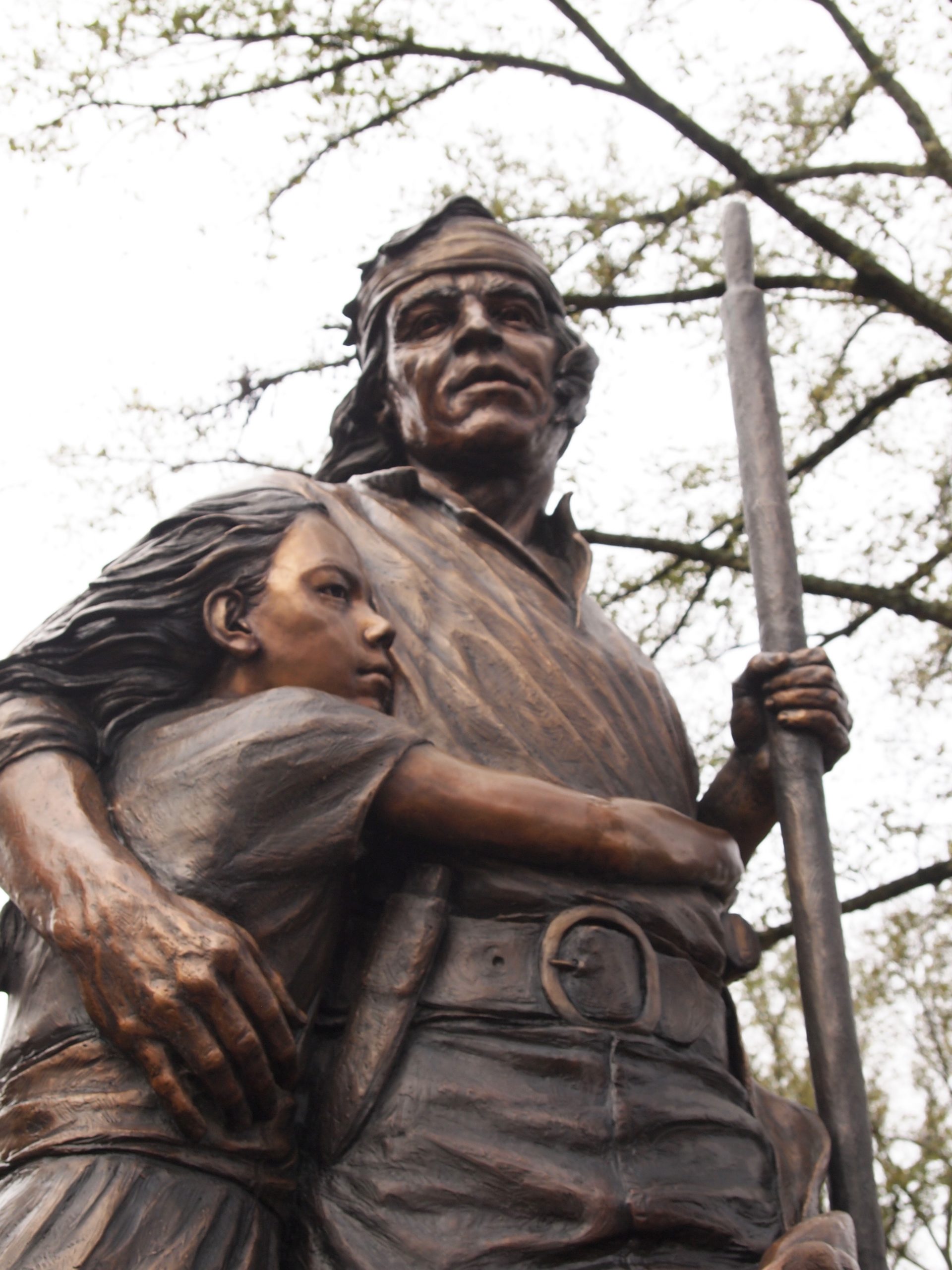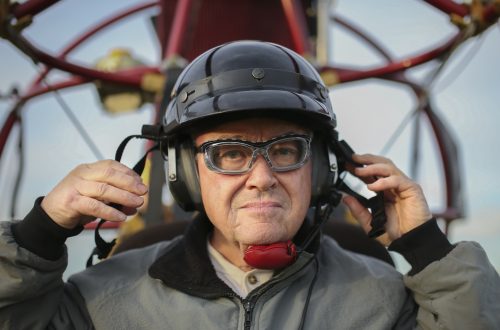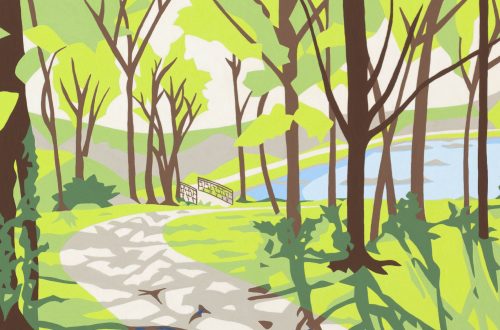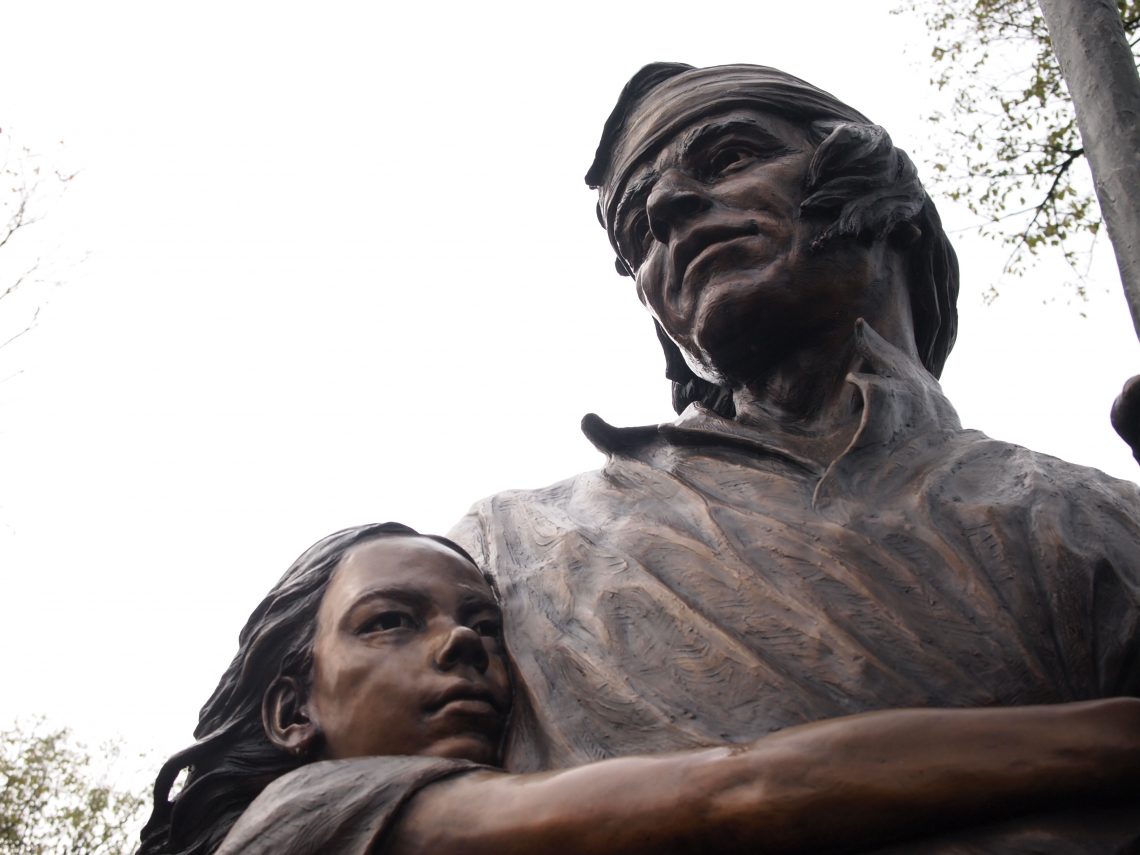
Meet Our Matriarch
Though not commonly recognized in local history, Hester Zane played an important role for Eudora the city and for Eudora the daughter.
Story and Photography by Cindy Higgins
If you are a Eudora resident, then you probably recognize the landmark sculpture at the corner of 9th and main streets showing a man sheltering a young girl in a protective embrace. The man is Paschal Fish, who obtained the area that became our town in the 1854 U.S. treaty with the Shawnee. Three years later, Fish sold the land to German settlers, asking them to name the townsite after his young daughter, Eudora.
She’s the young girl featured on the bronze sculpture, a Eudora Lions Club project commissioned for the city’s sesquicentennial in 2007. It was cast by the late Jim Brothers, who said he designed the statue to portray Eudora’s reaction when she learned the German settlers agreed to name their new home after her.
But there’s another member of the Fish family who isn’t represented in the sculpture and is just as integral to the town’s history. It’s Hester “Hetty” Armstrong Zane Fish, Eudora’s mother and Paschal’s wife. A direct descendant of a Devonshire weaving family who came with other Quakers to Pennsylvania in the late 1600s, Hetty also was a Wyandot from the Ontario tribe pushed south in the early 18th century. Born to Isaac Zane and Hannah Dickinson (or Dickerson), Hetty was sent westward with other Wyandot from Upper Sandusky, Ohio. They arrived in 1843 at the tribe’s temporary home in today’s West Bottoms area of Kansas City and soon bought land in Wyandotte, which later would be downtown Kansas City, Kansas.
Hetty appears in historical records some four years later, when William Walker, a Wyandot leader, records Hetty’s marriage to a man who had moved to the Eudora area in the early 1840s—Paschal Fish. “Thursday, 14.–Severe frost last night. Resumed the payment of the annuity. Mr Fish and Hetty were married,” wrote Walker.
We don’t know exactly what Hetty looked like, but her family had long inter-married with neighboring French and English, so she probably was indistinguishable from other settlers. In fact, historian William Connelley wrote of the Wyandot who came to Kansas that “no member of the tribe was more than one-fourth Indian.”
Records vary regarding the children of Hetty and Paschal. Eudora (spelled on the 1854 census as “Udora”) was the child of both. Her brother, Leander (also known as Jackson, Leading Turtle, and perhaps Andrew), probably was, too. Similar to the name “Paschal,” which means “Easter” and “Leander” (a mythical hero), Eudora is a name derived from the Greek. The name traditionally originates from the Greek word for “gift.” However, Holly Zane, a Zane family historian from Overland Park, has said the name “Eudora” derives from the Wyandot language, the word yaⁿdurǫʔ that means “dear, expensive, valuable, difficult, hard” and has a pronunciation similar to “Eudora.”
During the time Hetty lived in Eudora, Paschal Fish helped operate a ferry with his brother and transformed his home with Hetty into an inn. Hetty and Paschal also interacted with the Methodist missionaries who built the Wakarusa Mission, a school for the Shawnee, around what is now 12th and Elm streets. Hetty died young—at age 36. Walker wrote April 17, 1852, in his journal that he and wife Hanna were “deeply upset by the death of ‘our Hetty.’”
Buried on a downtown Kansas City, Kansas, hillcrest, Hetty shares a grave marker with her sister, Sarah. Of the hundreds of unmarked Wyandot graves here in the Wyandotte National Burial Grounds (also known as the Huron Indian Cemetery), dozens are believed to belong to Zane family members.
Hetty’s mother, Hannah Zane, cared for Eudora and her brother in Wyandotte after Hetty’s death. Wrote James Albert Hadley in a 1907 letter, “The mother died & left the daughter, Eudora, & a younger Bro, Leander, who were raised & educated by their white grandmother.” Hannah supported herself with her deceased husband’s pension for military service in the War of 1812.
Eudora would marry Dallas Emmons at age 19. Of their four children, she named one daughter “Hester” after her mother. When Eudora died in 1877, Emmons married her cousin, Hannah. Paschal Fish, who had a wife before Hetty, would marry again several times.
Eudora is buried a few steps away from Hetty. Their grave markers and several others were replaced with new ones in 1991.
In Eudora’s downtown sculpture, Eudora stands by her father. In death, she lies next to her mother.
